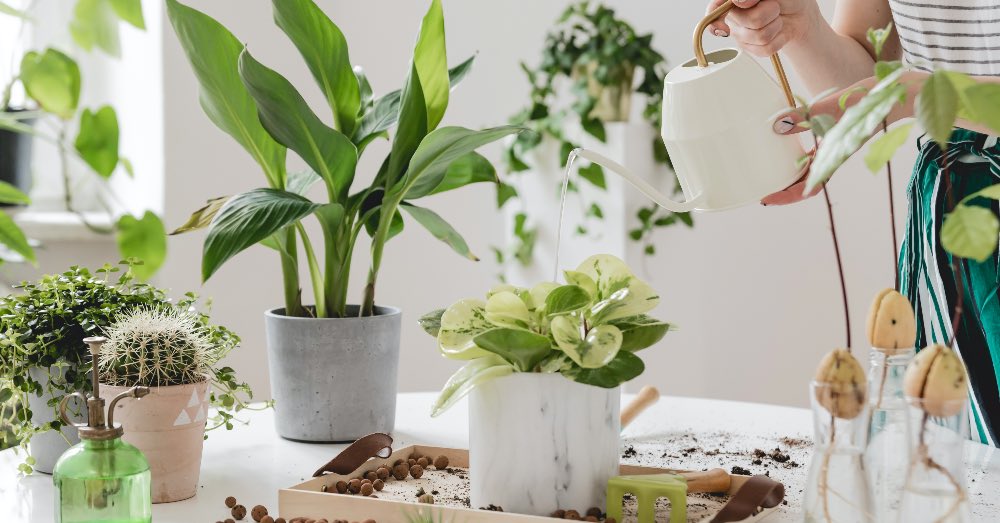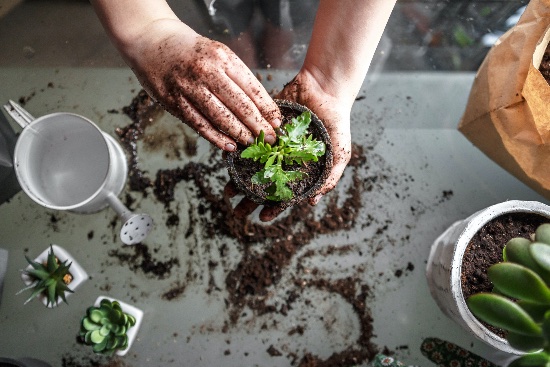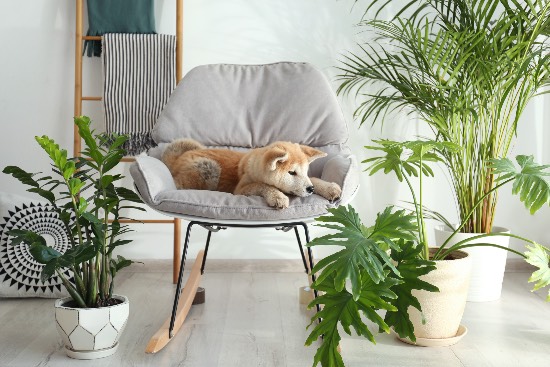What is biophilia and how can it improve your life?


Although it is not something new, it is increasingly common to hear the word biophilia. A term whose meaning and, above all, its implication for human life are still unknown, despite its popularization. Knowing its definition, “love for life and I live it”, can slightly clarify what biophilia consists of. But, if we really want to delve into the subject, it is inevitable to link that meaning to another fundamental aspect: nature.
Biophilia as a term would be coined at the beginning of the 20th century by the psychoanalyst, psychologist, and philosopher Erich Seligmann. However, it would be the studies of biologist Edward O. Wilson that would demonstrate the incredible innate link between human beings and their natural environment. A connection with strong connotations, not only physical but also emotional, which would show that we genetically need to be in contact with animals and plants.
So let’s find out what exactly it is, and more importantly, how we can use it to improve our lives.
WHAT IS BIOPHILIA?
We already know the definition as such, but it is time to bring it down to earth. Have you ever wondered why you enjoy looking at a landscape? Why does transplanting or fixing our plants give us satisfaction? Or, even, what is the reason why we feel a singular pleasure caressing the animal with which we share our lives? In all these situations there is a common element: biophilia. Something that we feel naturally, although until now we could not understand the reason.

It is true that, in all the situations that we have raised before, there are physical reasons that trigger those sensations that each of them provokes. And, although there is an explanation that goes through the increase in certain hormones, this reaction is also based on biophilia. As Wilson explains in his research, the biology of the human being experiences these natural flows in response to our own genetic imprint. And not only that: added, contact with nature calls to connect with the emotions of our deep selves. A plane of our mind that has its roots in our own evolution as a human race that, despite everything, maintains that link with its remotest past.
That is why we feel satisfaction touching the land, looking at the sea or enjoying the company of animals. Because, although we believe that it is only a complement to our happiness, the truth is that a good part of our physical and mental development depends entirely on that contact.
HOW TO HAVE NATURE CLOSE IN OUR DAY TO DAY
The lifestyle of the last decades has largely separated the human being from nature. The tendency to lead an eminently urban life is one of the main obstacles to fully developing this much-needed connection. But curiously, and despite reality, human beings have found mechanisms to return to nature, even living on asphalt. A fact that we can verify in those green spaces that serve as lungs and playgrounds in cities; or to the substantial increase in those households in which at least one animal is part of the family.

But aside from urban planning plans or opting to have a pet, there is another way to maintain that natural connection that is imposed. We refer to discovering the reasons to have plants at home. A trend that is imposed, even in the most urban environments, as a way of staying in touch with our most natural selves.
It is not the only way in which biophilia is imposed on our current way of living. More and more work environments have opted for this trend of uniting professional performance with nature. Something that, within a decade, could substantially change the way we conceive offices and workspaces. Choosing the best plants for the office makes them true daily companions, and the work space begins to be renewed thanks to the presence of an ally that prevails: the vertical garden, both natural plant and artificial plant. We could think that it is only props. And we would be completely wrong with the statement. The presence of nature in work spaces brings with it the increase of three fundamental aspects: human well-being, productivity and creativity.
Such is the impact of this contact with nature that architecture and biophilia are expected to evolve hand in hand in the coming years. A way to promote those values that we have just mentioned also in a domestic environment.
Therapeutic gardens, another form of biophilia
The impact that nature has on our body is such that, for some years, there have been so-called therapeutic gardens. Some green spaces that, although we could think a priori that they only seek to improve our emotional level, also have important benefits for our body.
Its positive impact on our health is such that gardening has even begun to be postulated as part of cancer cure therapies. An innovative way of improving the quality of life of this type of patient that could change the hospital environment as we know it until now, turning it into a friendlier and more natural space.
Back to the root, to the natural. To the ancestral To everything that reminds us that, no matter how much we evolve, we are still animals intimately linked with the earth.

![Photo of Christmas Cactus: [Growing, Care, Irrigation and Substrate]](https://www.complete-gardening.com/wp-content/uploads/2022/08/christmas-cactus-growing-care-irrigation-and-substrate-390x220.jpg)


